|
There's a lot at stake when you're tasked with buying plastic pallets. And, let's be real. The bean counters are always on you to find the best price, amirite? We can do you one better. We'll match you with the best value pallet. What's that? That's experience talking. I'll explain.
0 Comments
Does this sound like you? Every day you're packaging product and moving it on pallets. Nothing has changed in your system for years, decades even. It works, but as the cycle repeats (and repeats, and repeats) you keep wondering if you're leaking profits. We have all heard the definition of insanity, "doing the same thing over and over and expecting different results." This is Bill Murray's character, Phil in the 1993 movie Groundhog Day. It takes Phil most of the movie to understand this. When it comes to plastic pallets, you could be leaking profits in sneaky places and not even know it. Nobody likes that.
Chances are pretty high that our experts have been in your shoes before. That means we're in a good spot to optimize your system in ways you haven't considered. What's the first thing you look at when shopping for pallets? If you're like most folks, you answered price. If you give me just a few minutes of your time, I'll show four different ways to save money when you buy plastic pallets.
This post is part 8 of a 10-post series on plastic pallets 101. (Part 7 is all about the benefits of plastic pallets.) Nearly every consumer and industrial item you interacted with today took a ride on a pallet. Let that sink in for a minute. Your morning coffee. That phone in your pocket. Those new tires on your car. Even the pulleys and electronics that took you safely up to the seventh floor in the office elevator. All of it. There's a chance I'm not telling you anything new. But, have you ever asked why one company chooses wooden pallets and why another chooses plastic pallets? This post is part 7 of a 10-post series on plastic pallets 101. (Part 6 examines plastic pallet destinations and handling.) So you've been asked to buy plastic pallets. And, after looking at 200+ options, you're lost. How are you ever going to narrow down your choices? Well, any good pallet pro will ask this important question, “where’s the pallet going and how?”
It's a great question for eliminating plastic pallets that won't work. Just know there will probably be more to answer. This post is part 6 of a 10-post series on plastic pallets 101. (Part 5 explains common plastic pallet sizes.) |
Call Us: (410) 477-3000
Headquartered in Baltimore since 1918 Nelson Company is a trusted source for pallets & packaging materials.
NelsonCompany.com Is your packaging system costing more than it should? Find out how you can start saving with an analysis from Nelson Technical Center.
Our own web-based software for reverse distribution. Nelson-ART™ manages the entire life-cycle of your packaging assets.
|
Tech CenterThe Nelson Technical Center finds savings. Solutions for the design, supply and recovery of transport packaging.
(443) 649-1049 |
Wood SalesCustom wooden pallets and crates are our specialty. Ask us about wood manufacturing, repair and recycling.
(410) 477-3000 |
|

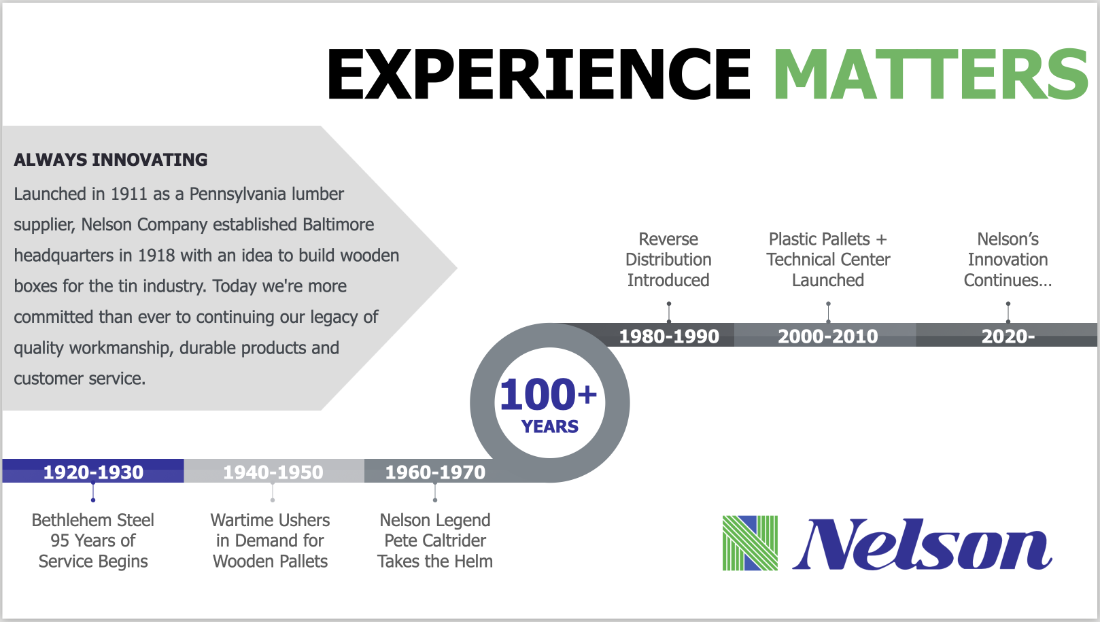
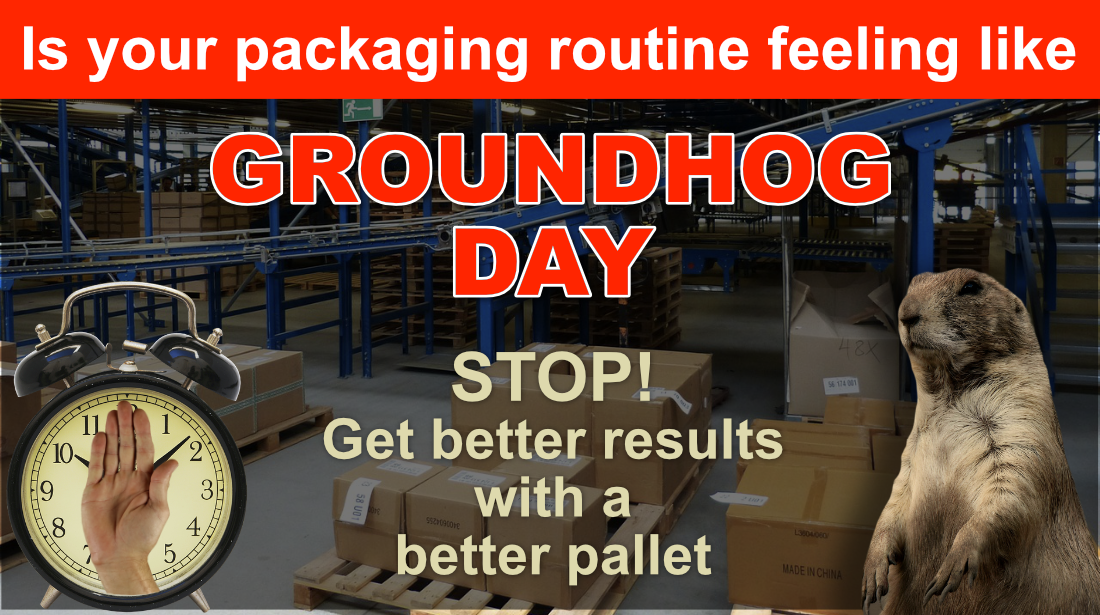
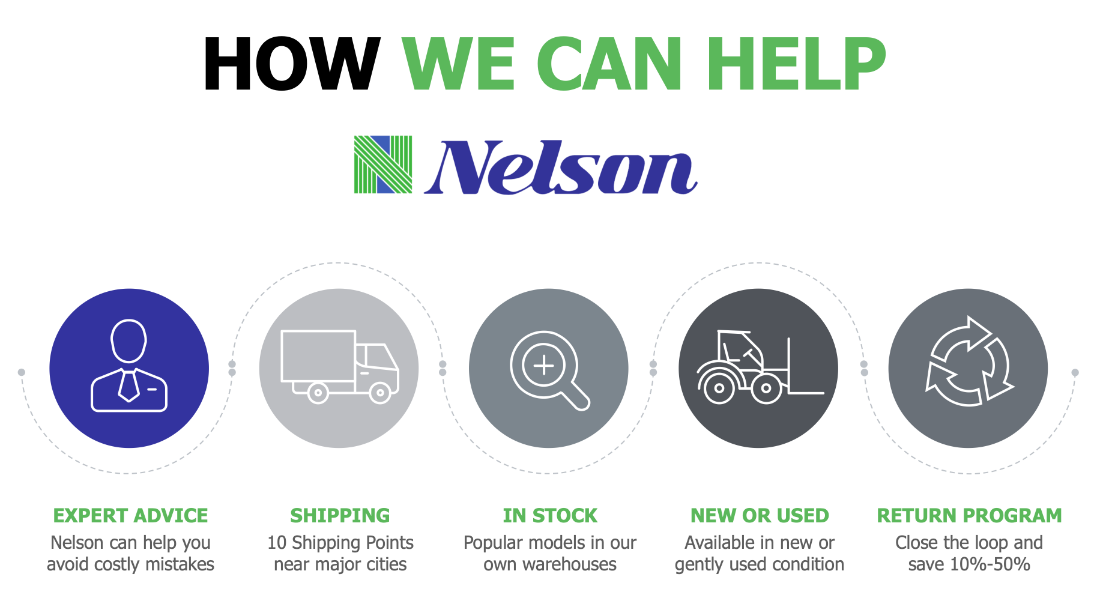
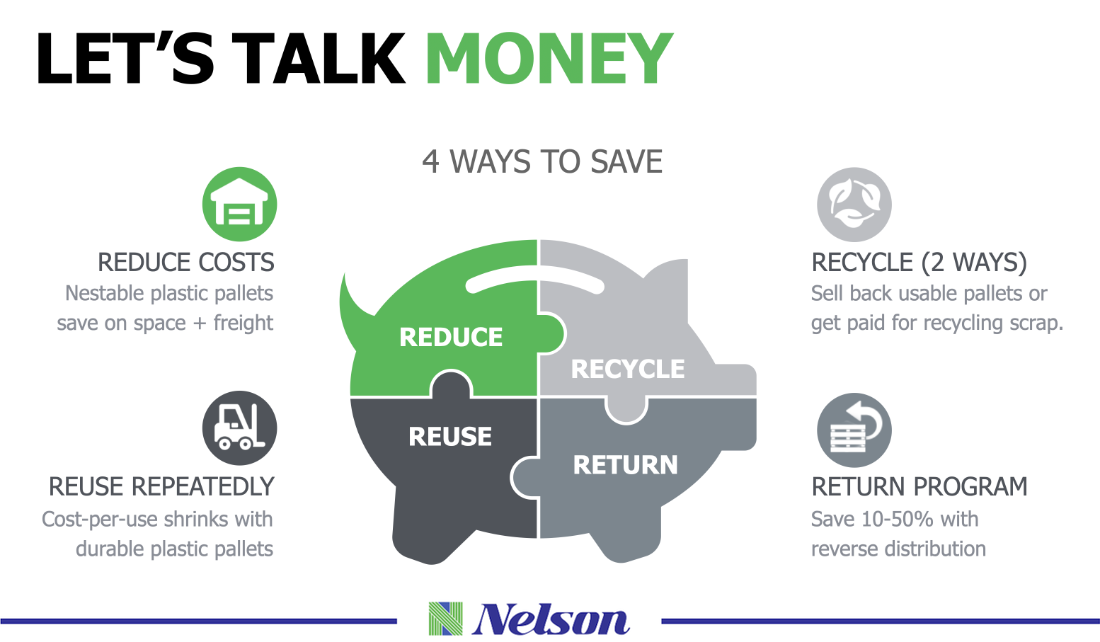
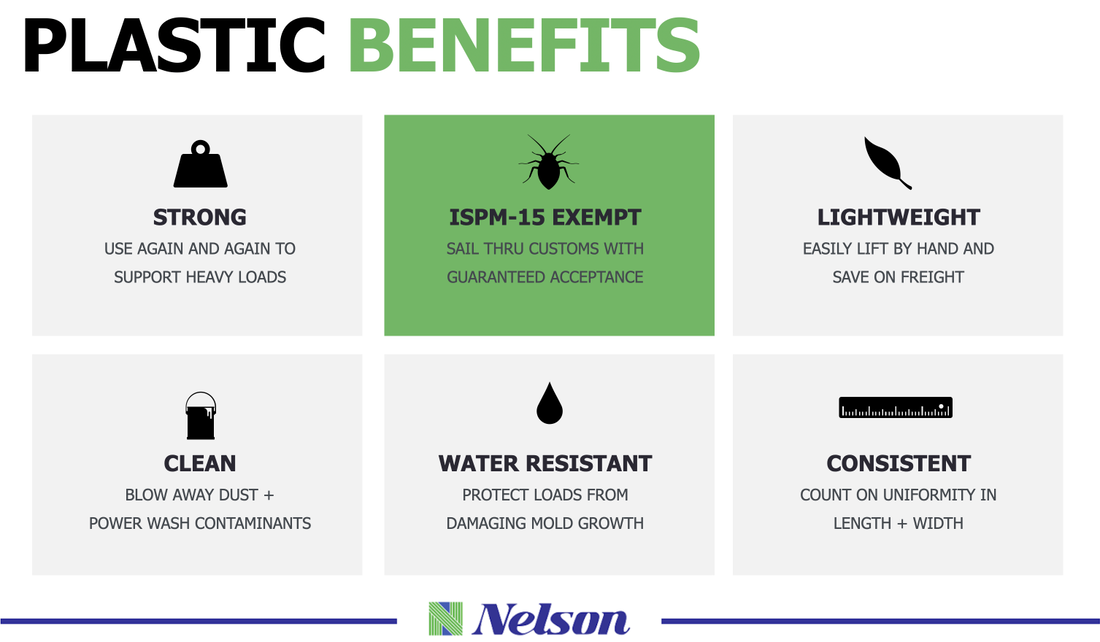
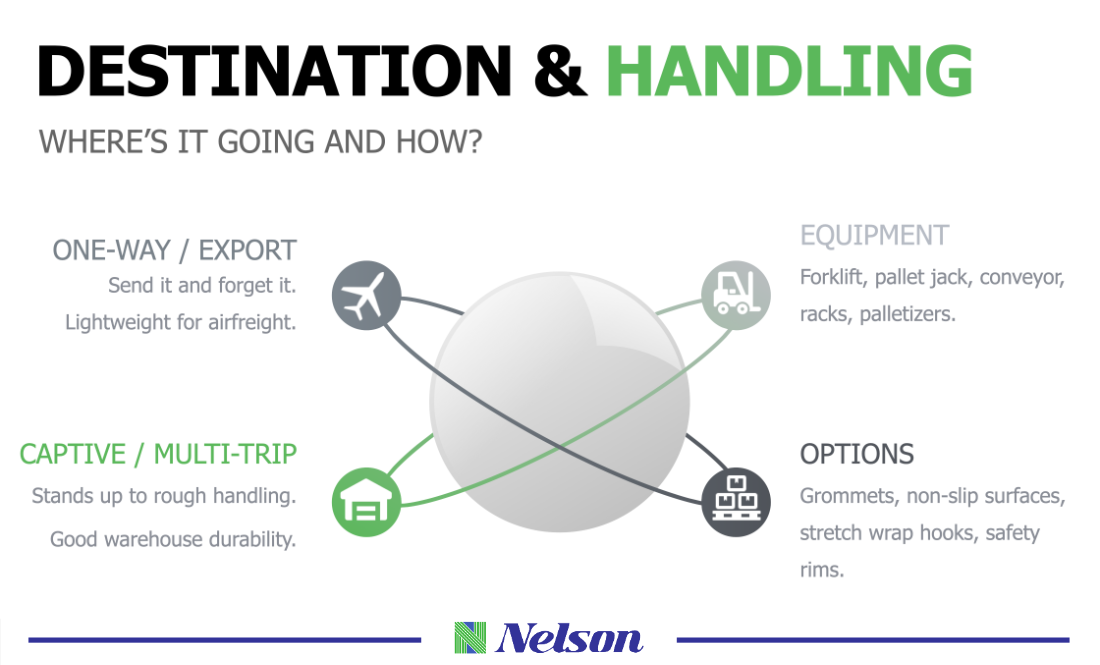



 RSS Feed
RSS Feed
